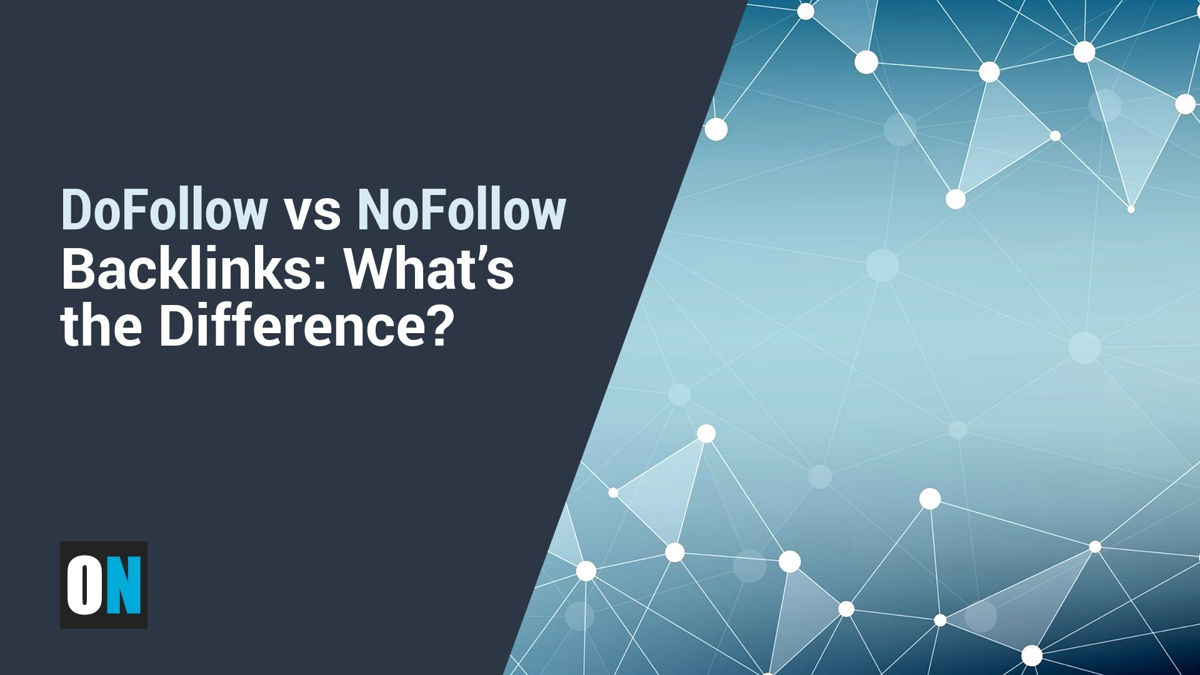When it comes to ranking higher in search engines, one major component is backlinks (websites that link to your website).
There are 2 main classifications of links:
- DoFollow
- NoFollow
Here’s the scoop on both DoFollow and NoFollow backlinks.
What’s a DoFollow Link?
Here’s an example of what a DoFollow link looks like in HTML:
<a href=”https://yourwebsite.com/” rel=”follow”>My Company</a>
DoFollow links tells search engines like Google to ‘follow’ them in order to reach the target website (yours).
All this means is that you’re telling search engines, “I trust where this link is gonna take you. I know those guys over there.”
SEO Impact
When it comes to SEO, any link that is DoFollow passes what is called ‘link juice’ to the website that it is pointing to. In turn, this is a major factor for ranking your website higher in Google.
To illustrate a further point below, let’s think of DoFollows as the Ying.
What’s a NoFollow Link?
Here’s an example of what a NoFollow link looks like in HTML:
<a href=”https://yourwebsite.com/” rel=”nofollow”>My Company</a>
Just like you would probably think, a NoFollow link is pretty much the opposite of DoFollow link.
While these links still point to the target website just like a DoFollow, NoFollow links tell search engines to not follow where these links are going because you’re not vouching for them.
That doesn’t mean that they’re bad.
You’re just saying, “Look, I’m gonna tell you where to go, but don’t blame me if it’s not what you’re looking for.”
SEO Impact
In terms of SEO value, NoFollow links are the Yang.
While they don’t increase PageRank, they are needed to blend in with your DoFollows, or else it will look unnatural, and Google will smack the sh*t out of your website.
Wrapping Up
At the end of the day what you want is a healthy combination of DoFollow and NoFollow backlinks from relevant, high-traffic, trusted websites.
Each has it’s use and holds it’s own weight, and if you have the patience, Google’s PageRank patent reveals some very interesting info (and more).

